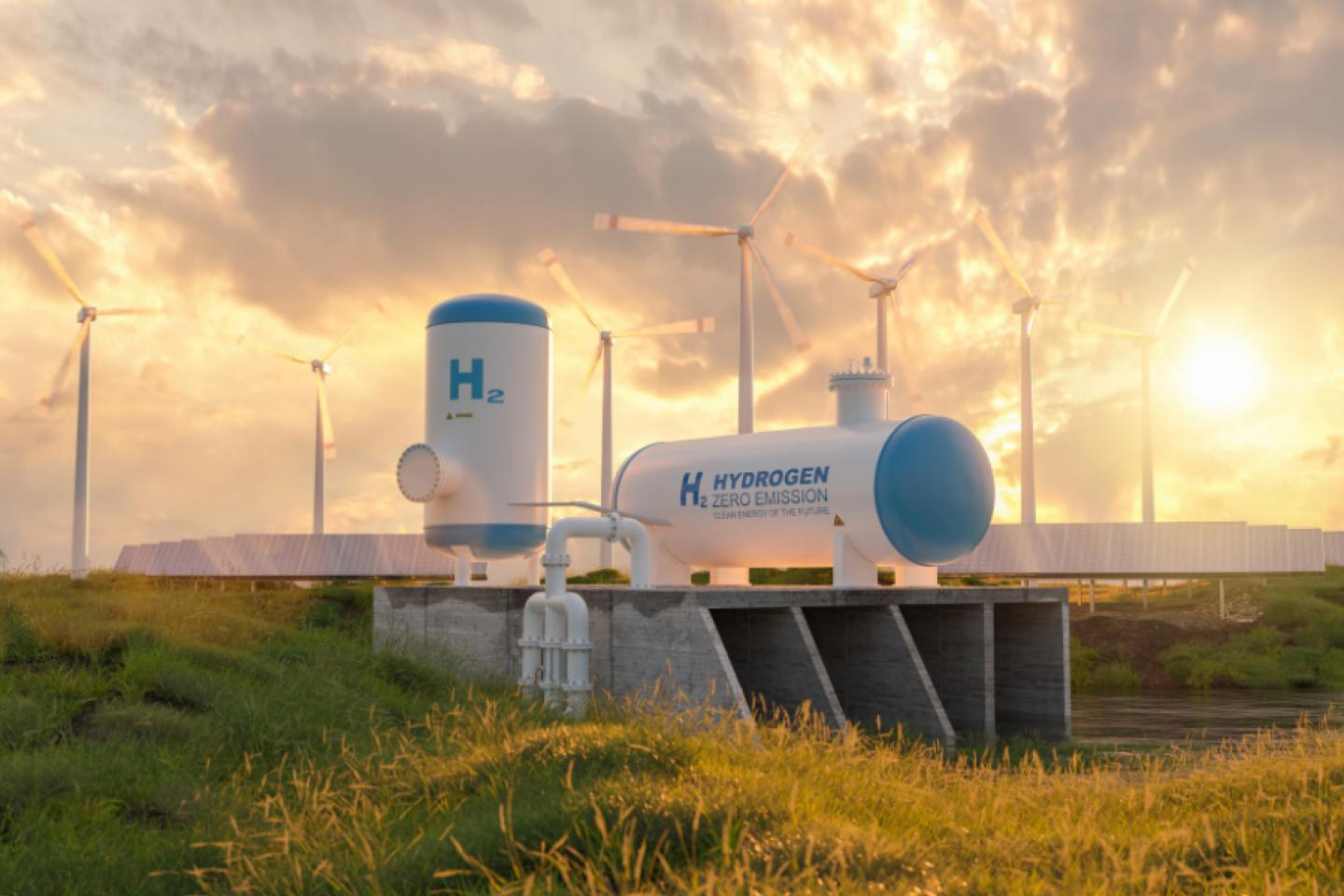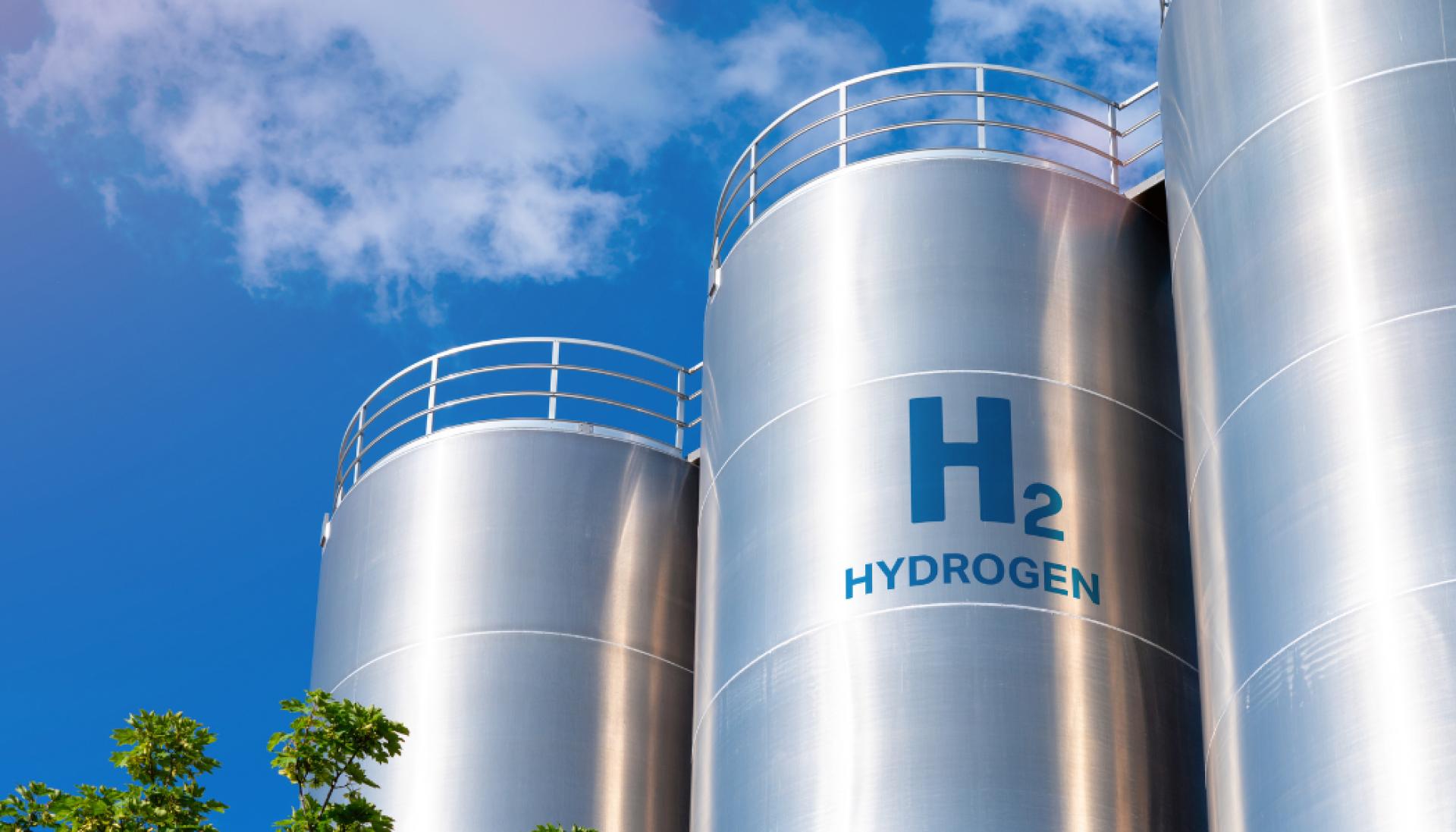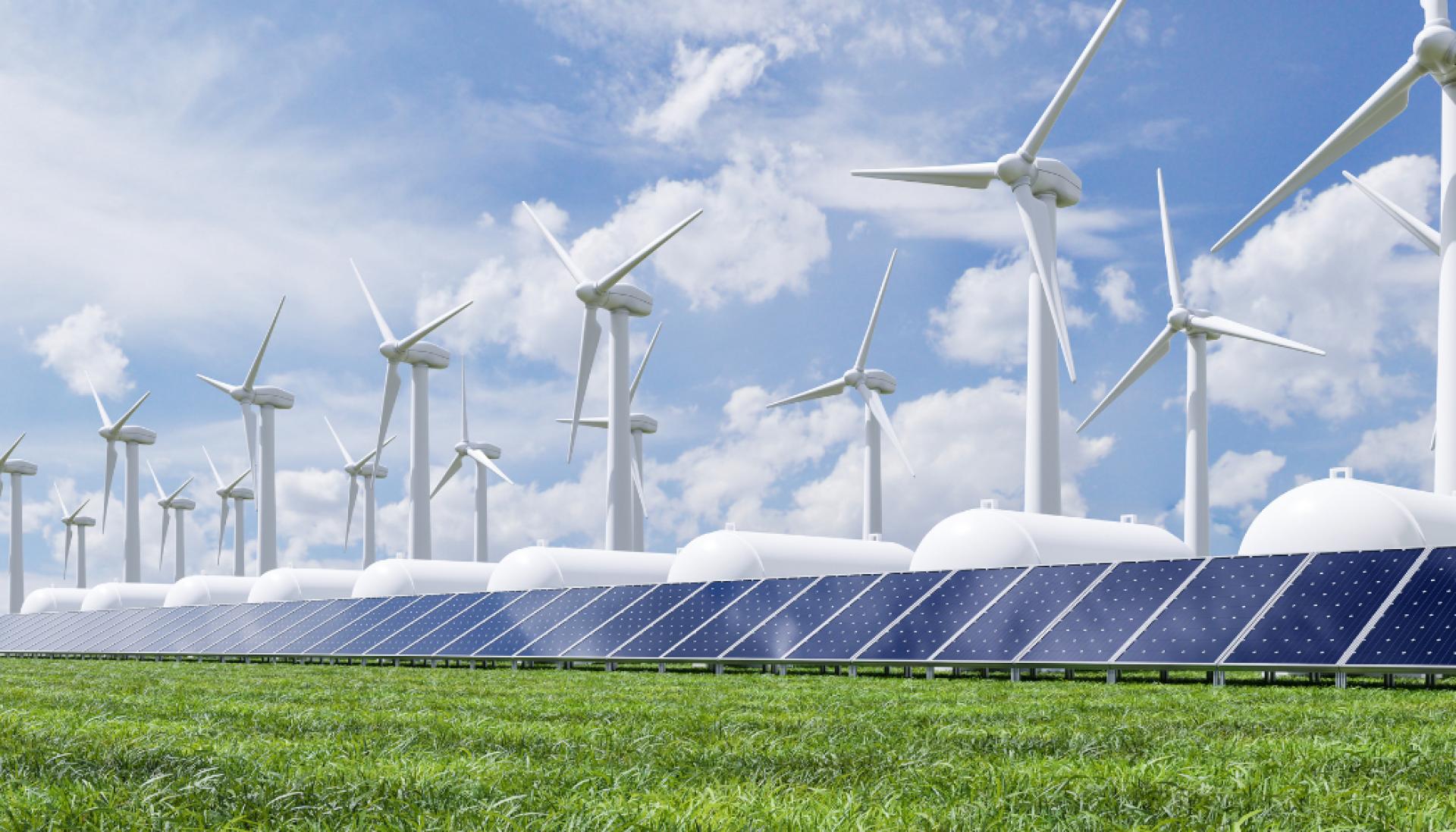Hydrogen may once have been the fuel of the future, but now it’s very much a part of the present – especially in the UK. Thanks to the government’s Hydrogen Allocation Rounds (HAR1 and HAR2), the UK is now quickly establishing itself as a global leader in green hydrogen production. These funding rounds are a signal that hydrogen has moved from the sidelines into the spotlight of the country’s decarbonisation and industrial growth strategy.
HAR1 and HAR2: What’s Happening and Why It Matters
Let’s start with the basics. HAR1, launched in 2022, resulted in 11 successful hydrogen production projects, totalling 125 megawatts (MW) of capacity. These projects secured more than £2 billion in revenue support via the Hydrogen Production Business Model, plus an additional £90 million from the Net Zero Hydrogen Fund. That’s a serious injection of confidence and capital into the UK’s hydrogen ecosystem.
Fast forward to April 2025, and we’ve got HAR2, which shortlisted 27 projects across England, Scotland, and Wales. These are expected to deliver 765 MW of electrolytic hydrogen production capacity between 2026 and 2029. In practical terms, that means a sixfold increase in the UK’s green hydrogen production in just a few years.
It’s all part of the government’s wider “Clean Energy Superpower” ambition, and so far the numbers are matching the rhetoric. Hydrogen is no longer a fringe idea but a centrepiece of the UK's growth and decarbonisation mission.
Why This Matters for Hydrogen Energy and Net-Zero Goals
The HAR rounds aren’t just symbolic. They offer real financial support and long-term certainty, two things any energy investor will tell you are essential for progress. Green hydrogen, produced via electrolysis using renewable energy, is particularly valuable for cutting emissions in hard-to-decarbonise sectors like heavy industry, transport, and heating.
For a country with net-zero ambitions, this matters. The steel industry can’t run on solar panels. Freight transport doesn’t always suit battery electric. Hydrogen provides a flexible, scalable solution where other renewables can’t quite go the distance. The government’s funding mechanisms, through HAR1 and HAR2, give the green light (and cash) for projects that could make this transition a reality.
Industry Players Are Moving Fast
You don’t need to look far to see the ripple effects of the HAR announcements.
Take the HYKIT joint venture, for example. In December 2024, Hycap, JCB, and HydraB Group launched this ambitious collaboration to produce hydrogen-powered machinery and infrastructure – think mobile compressors, storage units, and refuelling systems. Operations kick off in 2025 from a dedicated facility in Oxfordshire. It’s a powerful demonstration of how HAR funding is unlocking not just energy production, but entire supply chains and industrial ecosystems.
EDF Renewables UK and Hynamics are also in the game, having been shortlisted in HAR2 for their Tees Green Hydrogen project. By using locally generated green electricity to power electrolysis, their project will produce hydrogen for use across industry, transport, and heating in the Tees Valley. It’s a great example of circular energy thinking: keep it local, keep it clean.
What It Means for Commercial Strategy
If your company operates anywhere near hydrogen, clean tech, or industrial energy, HAR shortlisting should be on your radar. These announcements are already prompting strategic changes. We’re seeing new joint ventures, reallocated R&D budgets, and increased urgency to scale infrastructure.
For start-ups, the message is clear: this is your moment to grow. For established players, it’s time to future-proof your operations. And across the board, hiring is about to ramp up. Projects of this scale need engineers, operations specialists, commercial leads, and policy experts. If you're not building your team now, you risk playing catch-up later.
The Road Ahead
HAR1 and HAR2 are just the beginning. With demand growing and momentum building, future allocation rounds seem inevitable. As the UK doubles down on its commitment to hydrogen, the opportunities for businesses, investors, and workers will only increase.
So whether you’re refining your hydrogen strategy or just getting into the game, now’s the time to act. The funding is here. The infrastructure is coming. And the competition is heating up.
Need help structuring your team to make the most of these opportunities? Get in touch with Jamie Huddart at Harmonic Finance to get expert support on scaling your hydrogen or cleantech business for the future.


